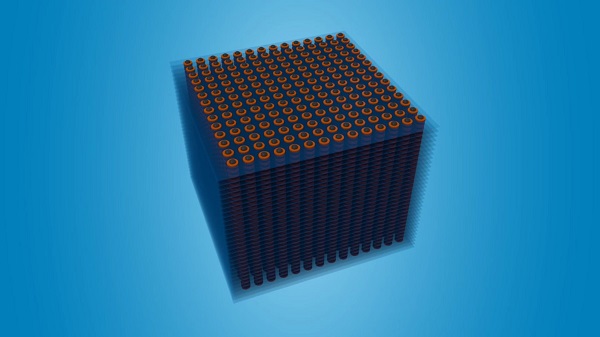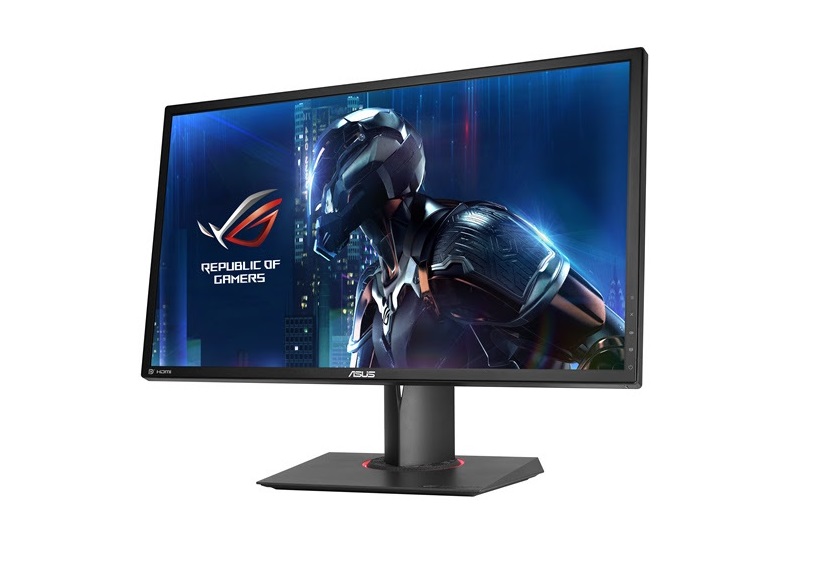Solid state hard drives use flash memory to store their information, and until now they’ve proven to be quite pricey relative to the per-gigabyte cost of regular hard drives. On top of that, SSDs offer fewer Gigabytes of storage compared to traditional hard drives.
This has been a limitation of the flash memory tech that SSDs have been built on. Like the memory found in phones, SD cards and memory sticks, SSDs have used a single layer of memory cells to store information, and to increase capacity has required the shrinking of the size of those cells so more can fit onto the die on which they rest.
Even with advances in how that memory is structured – Single Level Cell, Multi-Level Cell and even Triple Level Cell technologies which all boost the density of memory cells – science reached the physical limit for how small it could make those cells, so a new approach was needed.
Clever engineers solved that problem with a technology called 3D NAND, which stacks memory cells on top of each other. This dramatically increases memory cell density without increasing the amount of physical space they take up too much, resulting in SSDs packing in more storage than ever before without exploding in physical size.
To put it plainly, 3D NAND solves memory capacity limitations in the same way skyscrapers pack more people into a 2D footprint – by going up. Several companies are making use of the technology, with three owning the majority of 3D NAND patents – Samsung, SanDisk and Micron, so you’ll see it appearing in a wide range of sexy consumer devices and IT products in the coming years.
Micron makes all of the 3D NAND memory for Intel’s range of solid-state drives, and Intel has used it to develop a range of SSDs for all manner of applications. There are 3D NAND drives for consumer use (600p series) enterprise-grade (Pro 6000p series) drives and drives suited to datacentre use (Intel SSD DC P3520, DC P3100, and DC S3520 series).
The other benefit of 3D NAND technology is that it lowers the per-gigabyte costs of solid state storage. That’s excellent news for consumer devices, as things like phones and tablets will soon be able to offer as much storage as laptops and desktop systems without being any thicker than current models; neither will they cost the earth relative to today’s devices.
That means in just a few years smartphones could offer terabytes of storage rather than the paltry 128GB that is the current maximum. No more running out of space when taking photos on your holiday, no more compromising on the quality of the movies your phone stores, and no more need to buy an SD card to augment your phone’s internal storage. How’s that for a rosy future?[/text_block_nav]
Intel is working on another memory technology called 3D Xpoint, which offers what its techies refer to as the “holy grail” of memory: it’s high-capacity, non-volatile (meaning it doesn’t need power to retain data), it performs even better than NAND and it’s cheaper, too.
It’s so fast, in fact, that Intel says it will be possible to use a single storage pool as both data storage and system memory, leading to all manner of new devices that we can hardly even conceive of today.
Looking at these advances, it’s clear there are exciting times ahead for all devices that make use of flash memory.[/text_block_nav]







